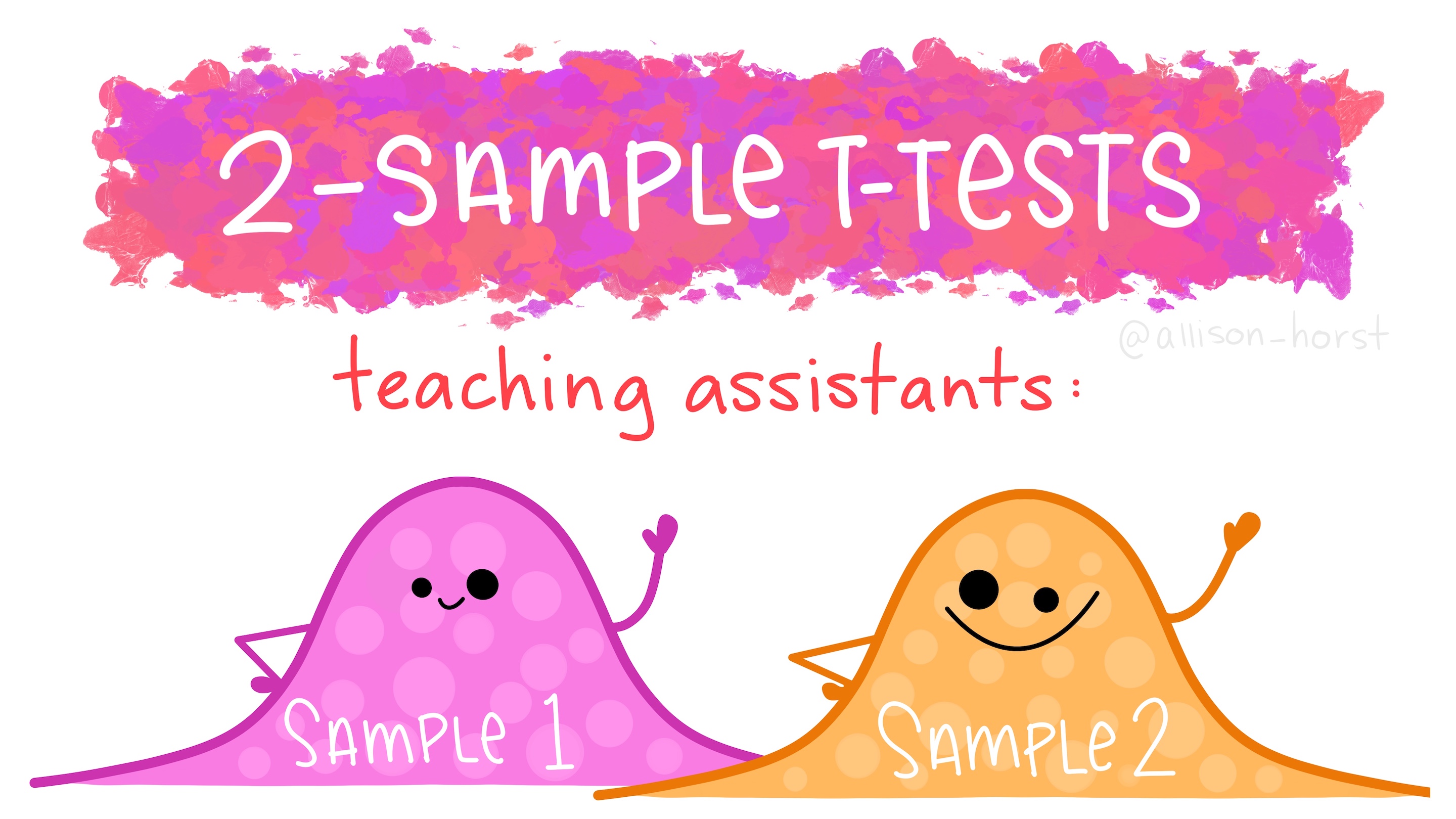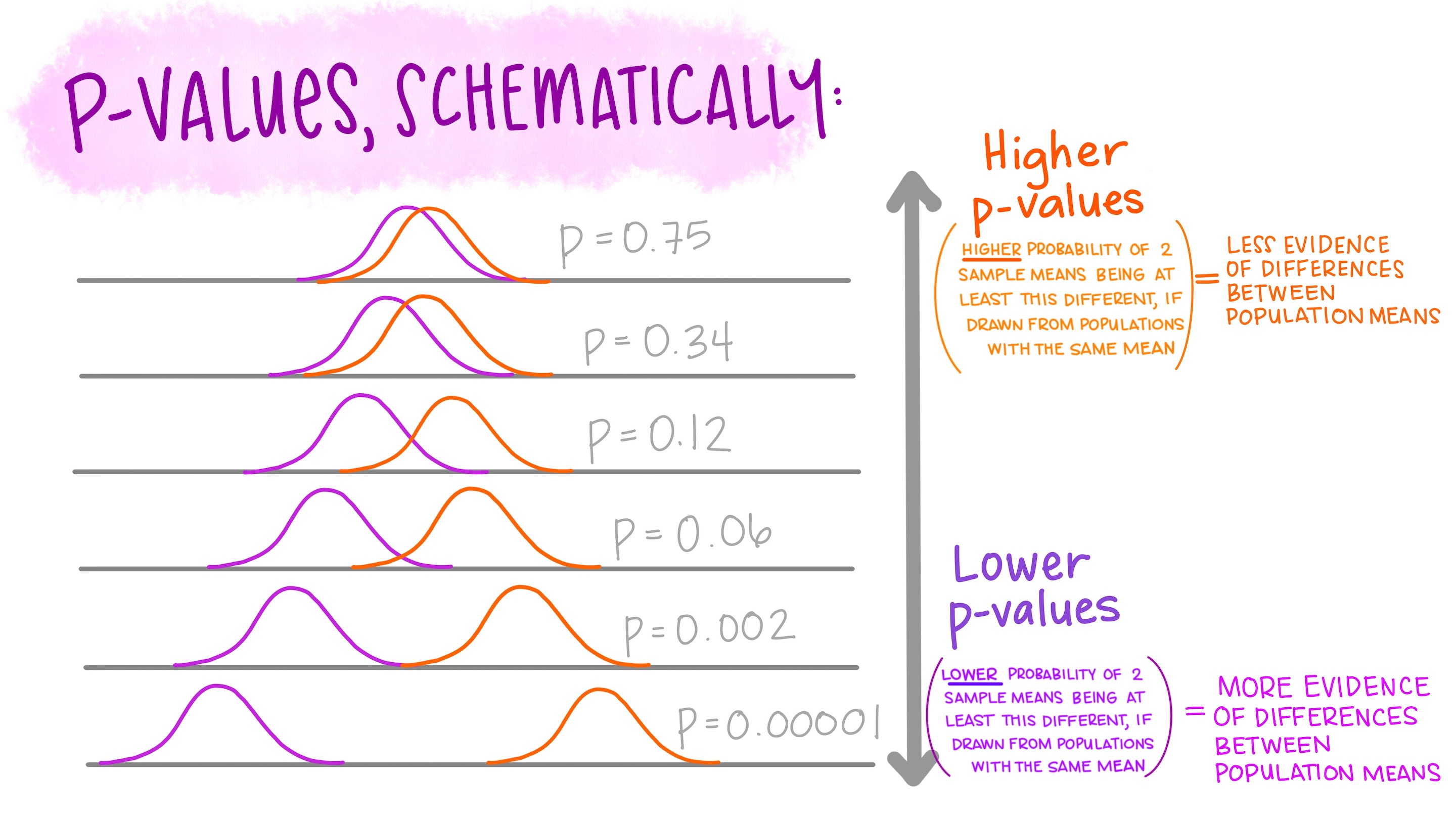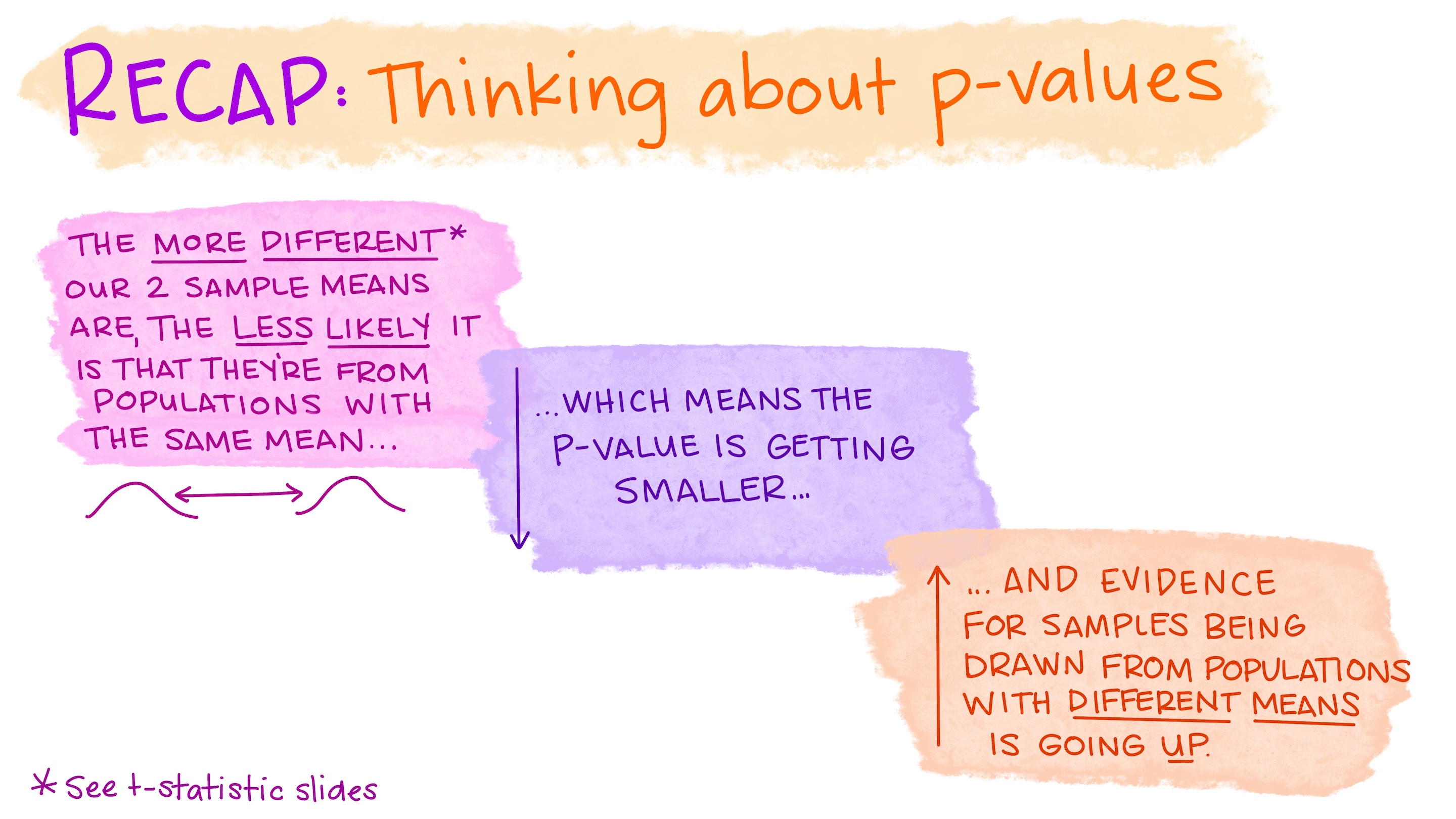class: center, middle, inverse, title-slide # EDS 212 - Essential Math in Environmental Data Science ## Day 5 Part 2 - Probability continued, intuition for hypothesis tests, and Boolean algebra --- ## Think about your question: Abraham Wald's memo .center[ <img src="slide_images/abraham_wald.png" alt="drawing" width="65%"/> ] --- ## Hypothesis testing: building intuition, continued You'll learn about hypothesis testing in EDS 222. Let's just build a bit more intuition here. A common question: are means from two samples so different (considering data spread and sample size) that we think we have enough evidence to reject a null hypothesis that they were drawn from populations with the **same** mean? *Caveat, assumptions, caveat (EDS 222)...* ---  ---  ---  ---  ---  ---  ---  ---  ---  ---  --- ## Boolean logic **Definition:** "In mathematics and mathematical logic, Boolean algebra is the branch of algebra in which the values of the variables are the truth values true and false, usually denoted 1 and 0, respectively" (Wikipedia) --- ## Computer think How would a computer order the objects in the following statements? - **Nothing** is better than a **burrito** - A **loaf of bread** is better than **nothing** --- ## Mathematically... - Nothing > burrito: TRUE - Loaf of bread > nothing: TRUE To a computer: Loaf of bread > nothing > burrito. --- ## In environmental data science - Conditional statements - Filtering, subsetting, searching - Checking classes and verification - Testing --- ## Logical operators - Logical "and": `&` - Logical "or": `|` - Logical "negate": `!` --- ## Comparison operators - Is equal to? `==` - Is less than? `<` - Is less than or equal to? `<=` - Is greater than? `>` - Is greater than or equal to? `>=` - Is not equal to? `!=` A computer evaluates these and the outcome is either `TRUE` or `FALSE`, and proceeds accordingly. --- ## An important distinction: ==: This is...equal to? =: This IS equal to. > 5 == 4 > FALSE --- ## Examples: Elements of a vector are tested separately, and the outcome is returned in a vector: ```r marmot <- c(1,2,3) marmot == 2 ``` ``` ## [1] FALSE TRUE FALSE ``` ```r pika <- c(1,2,5,9,10,15) pika == 1 | pika >= 9 ``` ``` ## [1] TRUE FALSE FALSE TRUE TRUE TRUE ``` --- ## Checking data classes works similarly: More on data types & structures in EDS 221! ```r bear <- c(1,4,3, NA, 6) # Create a vector is.na(bear) # Check element by element for == NA? ``` ``` ## [1] FALSE FALSE FALSE TRUE FALSE ``` ```r is.numeric(bear) # Checks entire *class* of vector ``` ``` ## [1] TRUE ``` --- ## Another we'll see often: `%in%` - `%in%`: check for matching elements (not in order)* **Example:** We have two vectors, and we want to know if any values in `vole` are also in `mouse` ```r vole <- c(1,3,4,7,10,15) mouse <- c(0,2,4,0,0,NA,11,15,20) vole %in% mouse ``` ``` ## [1] FALSE FALSE TRUE FALSE FALSE TRUE ``` *Keep this in mind - the distinction between `%in%` and `==` is major and important.